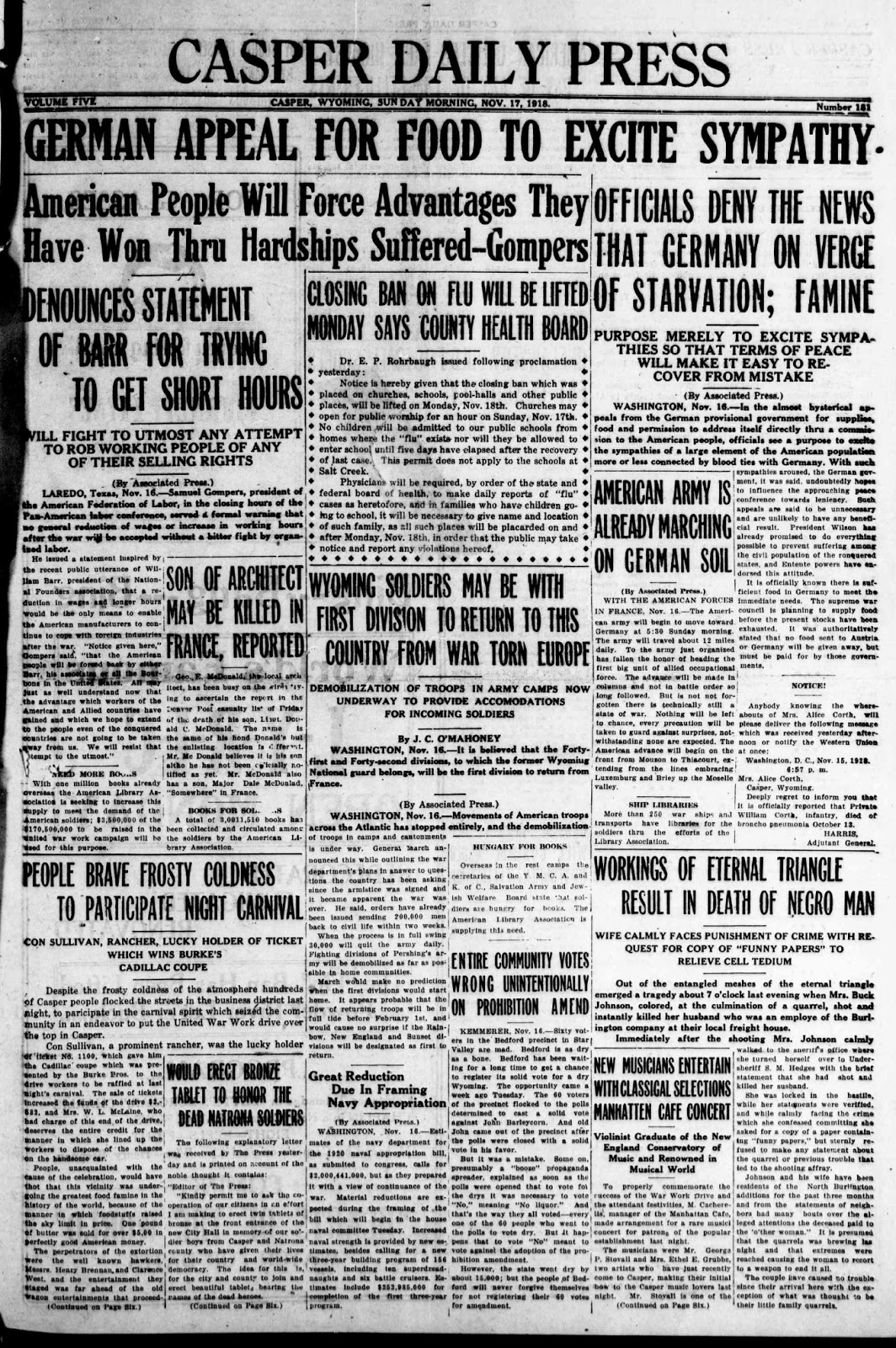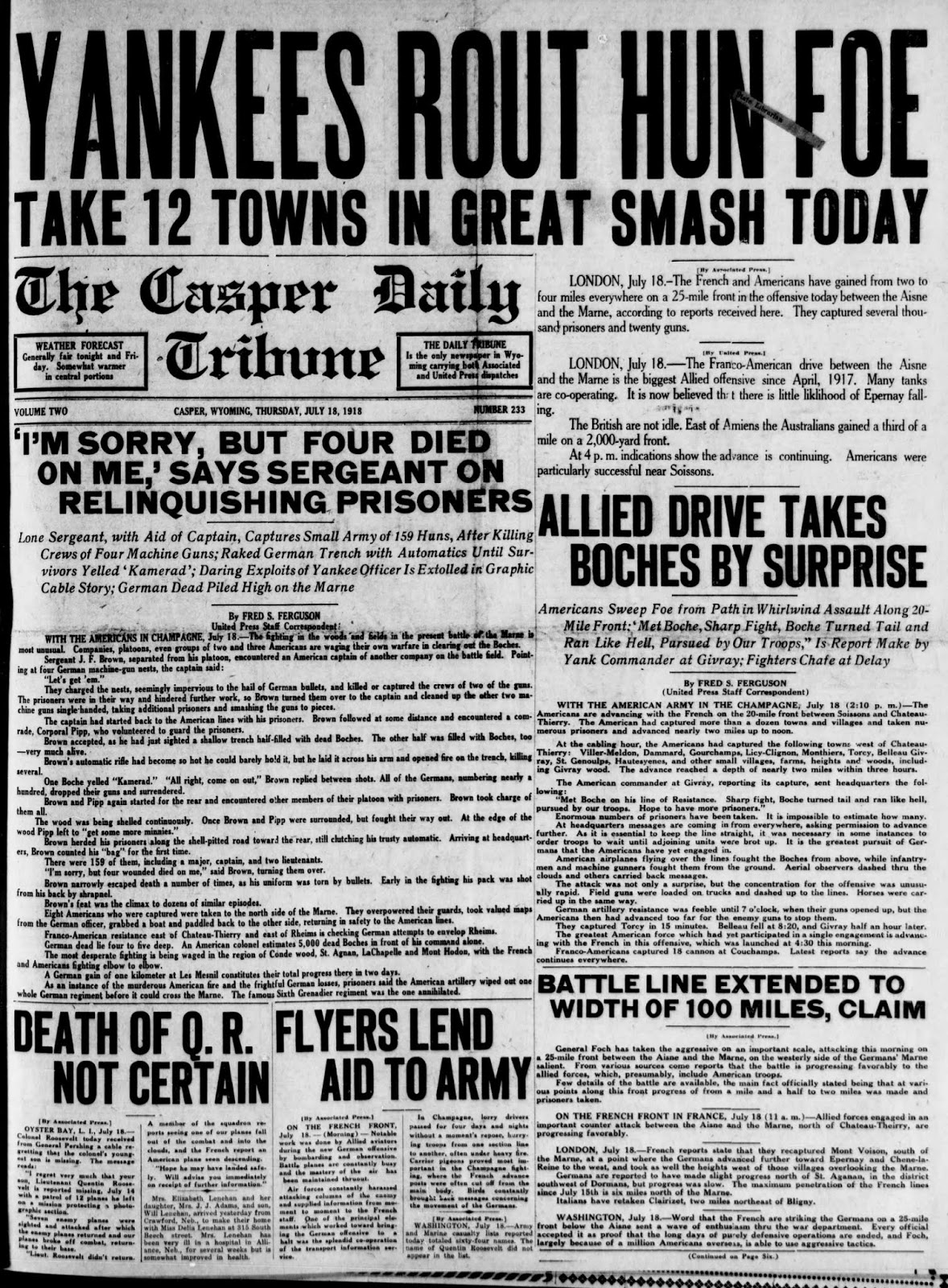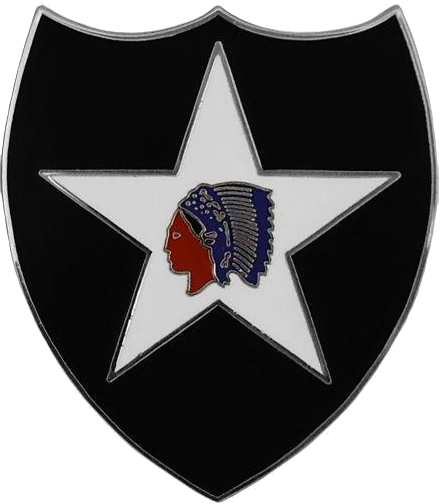Equestrian Show, Remounts from Ft. Lewis' Remount Station, Tacoma Washington.
Marching sailors, New York City.
Razzle dazzle camouflage example on a model ship, note the American and Japanese flags on the building in the background.
Japanese, Italian and American flags on the Hotel Savoy. Dignitaries viewing parade.
Parade, Washington D. C.
23d Infantry Regiment veterans of Chateu Thierry at the La Place de la Concorde, Paris.
Parisians cheer American troops.
American soldiers passing in review at the Place de I'ena on the Avenue du President Wilson, Paris. The statute is of George Washington.
American Army band, Avenue du President Wilson. Group of wounded soldiers watching.
General William Scott at July 4th celebrations in Bordeaux
Allied officers at Belgian Headquarters salute the American flag, July 4.
Wounded American soldiers being transported to the Cafe des Ambassadeurs, Paris.
Wounded soldiers arriving by truck at the Cafe des Ambassadeurs. Boy Scouts on left.
Ship builders were busy.
Camp Meigs, Washington. USQMC


















































